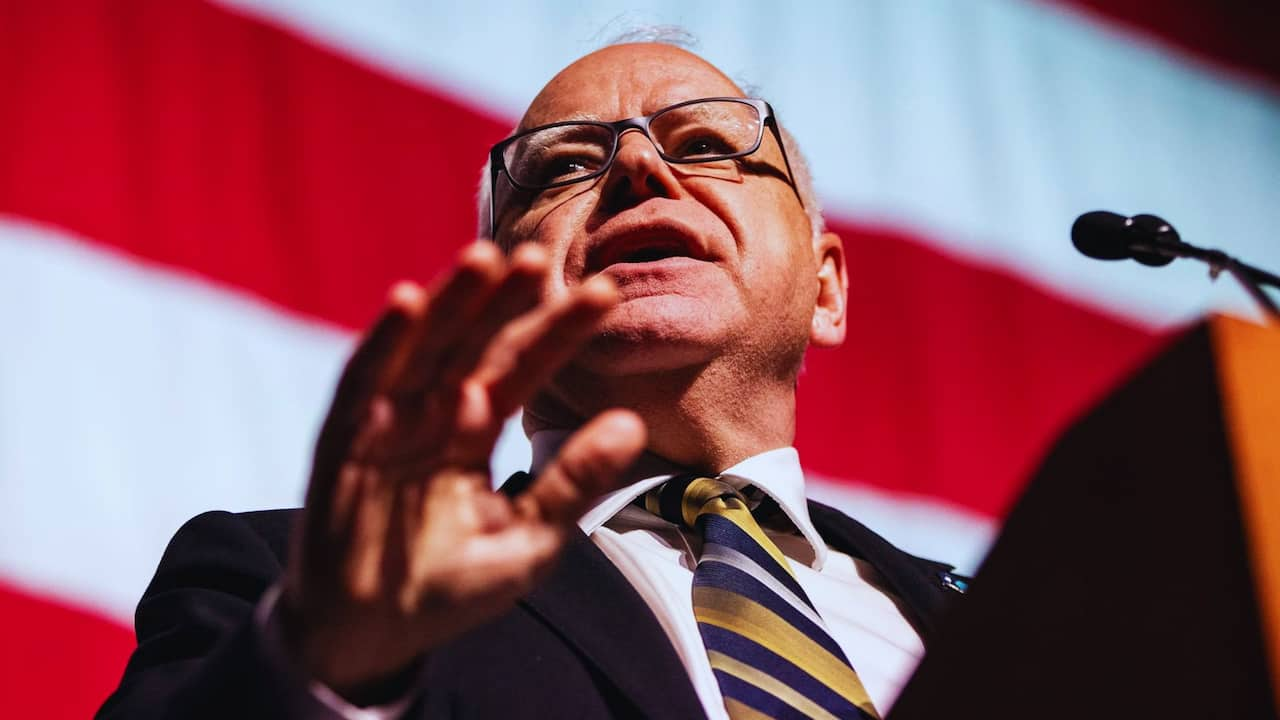Democratic Governors Stand United: Balancing Resistance and Reconciliation in Post-Election America
In a remarkable display of both defiance and diplomacy, Democratic governors across the United States are crafting a delicate balance between protecting their states’ values and building bridges with Trump supporters following the 2024 presidential election.
Leading this nuanced approach is Minnesota Governor Tim Walz, whose recent speech has set the tone for Democratic leadership in the Trump era.
“We know what’s coming down the pike,” Walz declared from suburban Minneapolis, “but maybe when we get a little break from this campaign, we’ll be able to look at each other and see not enemies, but neighbors.”
This statement captures the dual strategy emerging among Democratic state leaders: stand firm against policies they oppose while extending an olive branch to those who supported them.
A United Front Forms
Democratic governors aren’t waiting for Inauguration Day to prepare their responses. Here’s how key leaders are positioning their states:
California Governor Gavin Newsom has taken swift action by calling a special legislative session starting December 2. His goal? Boost funding for the state’s Justice Department to challenge potential Trump administration policies. The move shows California isn’t just talking—they’re getting ready for legal battles.
New York Governor Kathy Hochul launched the ‘Empire State Freedom Initiative,’ partnering with Attorney General Letitia James to protect New Yorkers’ rights. Their approach combines legal preparedness with policy protection, focusing on issues from reproductive rights to environmental justice.
Massachusetts Governor Maura Healey made headlines by declaring her state police would not assist in mass deportations, while New Jersey Governor Phil Murphy revealed his team has been “wargaming” scenarios for a second Trump presidency.
Finding Middle Ground
What sets this response apart from 2016 is the emphasis on understanding Trump supporters. Governor Walz particularly stressed this point: “I think sometimes we can be quick to judge people who don’t agree with us… I don’t think that kind of judgment is helpful right now.”
Key areas of focus include:
- Protecting state-level policies on abortion rights
- Maintaining environmental protections
- Defending immigration policies
- Preserving voting rights
- Supporting LGBTQ+ communities
Practical Steps Forward
Democratic governors are demonstrating their commitment to action.
- Creating special legal teams
- Increasing state agency funding
- Developing rapid response plans
- Building coalitions with other states
- Strengthening state-level protections
Illinois Governor JB Pritzker summed up the approach many are taking: “To anyone who intends to come and take away the freedom, opportunity, and dignity of Illinoisans, I would remind you that a happy warrior is still a warrior.”
Looking Ahead
The path forward isn’t just about resistance; it’s about resilience. These governors are showing that protecting progressive policies doesn’t mean shutting out dialogue with conservatives. They’re creating a blueprint for how states can maintain their values while keeping communication lines open with the federal government.
As Governor Walz suggested, maybe the solution starts with something as simple as sitting down over coffee—or a Diet Mountain Dew—and just talking. This approach might be exactly what America needs: leadership that’s strong enough to protect its values but wise enough to know that lasting progress requires finding common ground.
The coming months will test this strategy, but one thing is clear: Democratic governors are ready to both fight and listen—a combination that might just help bridge America’s political divide.
